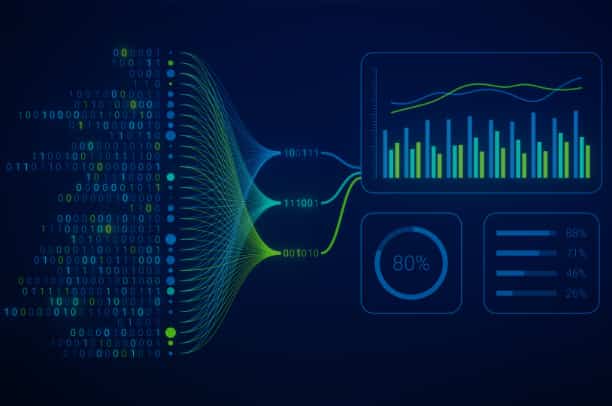
This is the final part of a 7-part series on the salient features that IT professionals should look for in high-performing IT infrastructure orchestration platforms for enterprise use cases.
Welcome to the final installment of our 7-part series focused on the essential features that IT professionals should prioritize when selecting IT infrastructure orchestration platforms for enterprise applications. If you’ve been following along, you know we’ve covered a wide range of topics, from the Importance of Integrations to the revolutionary power of Event-Driven Automation.
Today, we’ll explore the Importance of Application History & Metrics, diving into how these features are crucial for compliance, audits, and enterprise-level decision-making.
Understanding your system’s application history and metrics is non-negotiable in today’s increasingly regulated and complex IT landscape. With issues ranging from security compliance to quality assurance, a well-equipped orchestration platform provides comprehensive metrics and reporting capabilities. Let’s delve into why you can’t afford to have “black box” tools at the enterprise IT level.
Key Benefits of Understanding Application History & Metrics in Enterprise Technology:
In enterprise IT, a ‘black box’ system—where inputs and outputs are visible, but the internal workings are not—simply won’t suffice. As businesses grow and adopt more technology, compliance with various international, federal, and industry-specific regulations becomes increasingly crucial. Whether it’s GDPR for data protection, HIPAA for healthcare, or SOC2 for cloud computing, compliance is no longer an option but a requirement.
Consider a popular use case in the e-commerce sector, where website performance directly affects sales and customer satisfaction, event-driven automation can be a lifesaver. For example, during high-traffic events such as Black Friday or Cyber Monday, an e-commerce website might experience an enormous influx of traffic, leading to potential system overload. An event-driven automation solution can detect these traffic spikes in real-time and, using rule-based automation, automatically provision additional resources or servers to handle the increased demand, ensuring the website stays online and customers enjoy a seamless shopping experience.
Metrics serve as a compass that can guide an organization through its compliance journey. Sophisticated orchestration platforms like StackStorm provide dashboards rich with KPIs that monitor everything from system performance to rule execution rates. These metrics are the backbone of any compliance initiative.
Here’s how metrics can make a difference:
The history of executed tasks, triggered rules, and initiated workflows in an IT orchestration platform forms the basis of audit trails. This information is invaluable for:
Imagine that a potential data leak is identified within an organization. The first step would involve identifying the origin of the leak, assessing the affected systems, and understanding the breadth of the issue. An effective IT orchestration platform would immediately indicate which rules were triggered and what actions were taken, providing rapid insights. This quick access to historical data not only aids in immediate action but also helps during the subsequent audit process, demonstrating compliance with data protection laws.
As we wrap up this series, it’s clear that an IT orchestration platform’s utility is not just in its automation capabilities, but also in its ability to record, report, and analyze. While the automation of tasks is vital for operational efficiency, the recording and metric-gathering capabilities are equally crucial for compliance, auditing, and decision-making at the enterprise level.
Visibility into application history and metrics allow enterprises to move beyond the limitations of a ‘black box’ approach, delivering transparency, accountability, and ultimately, confidence in automated operations.
Thank you for joining us on this journey through the critical elements of IT orchestration platforms. We hope this series has been informative and will guide you in making educated decisions for your enterprise’s IT needs. Stay tuned for more insights from our experts!